Mario Kart World Direct: When and where to watch



Last week, Nintendo made waves across the game industry by announcing that Mario Kart World would sell for a suggested price of $80 in the US. That nominal price represents a new high-water mark both for Nintendo and for the game industry at large, which has generally reserved prices above $70 for fancy, trinket-laden collectors' editions or Digital Deluxe Editions that include all variety of downloadable bonuses.

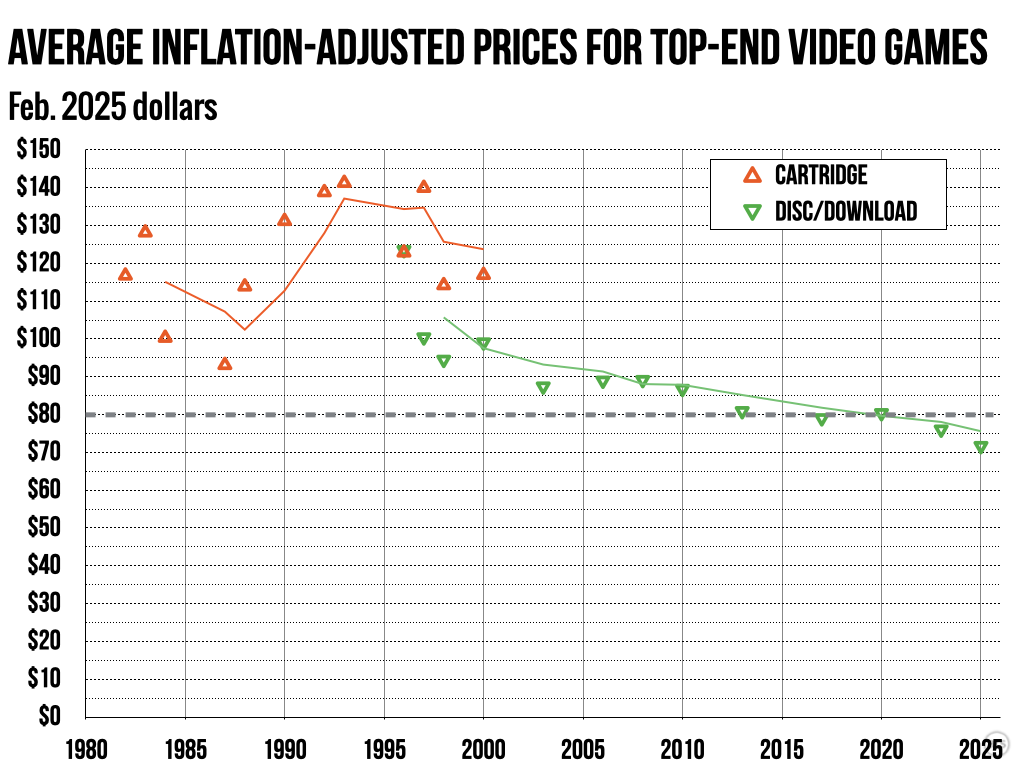
When you adjust historical game prices for inflation, though, you find that asking $80 for a baseline game in 2025 is broadly in line with the prices big games were commanding 10 to 15 years ago. And given the faster-than-normal inflation rates of the last five years, even the $70 nominal game prices that set a new standard in 2020 don't have the same purchasing oomph they once did.
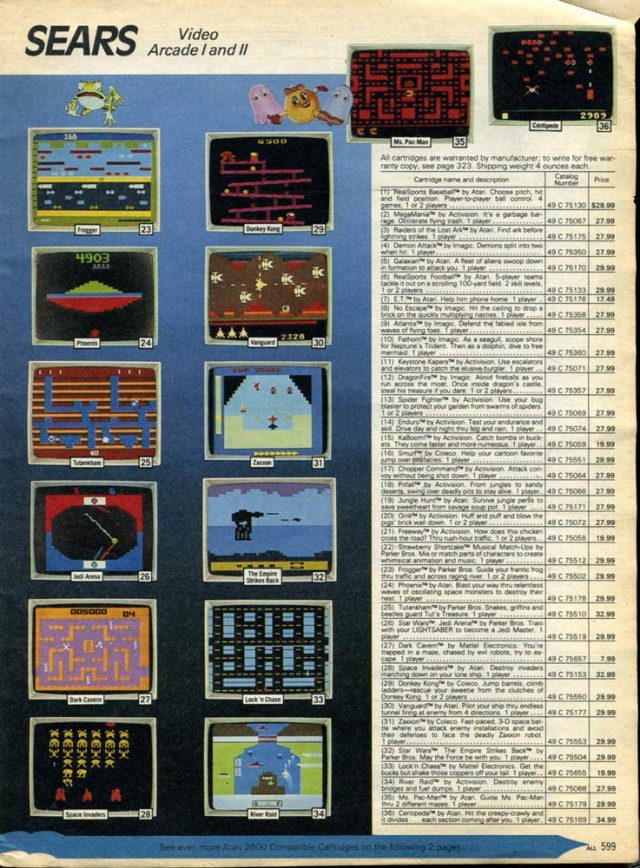
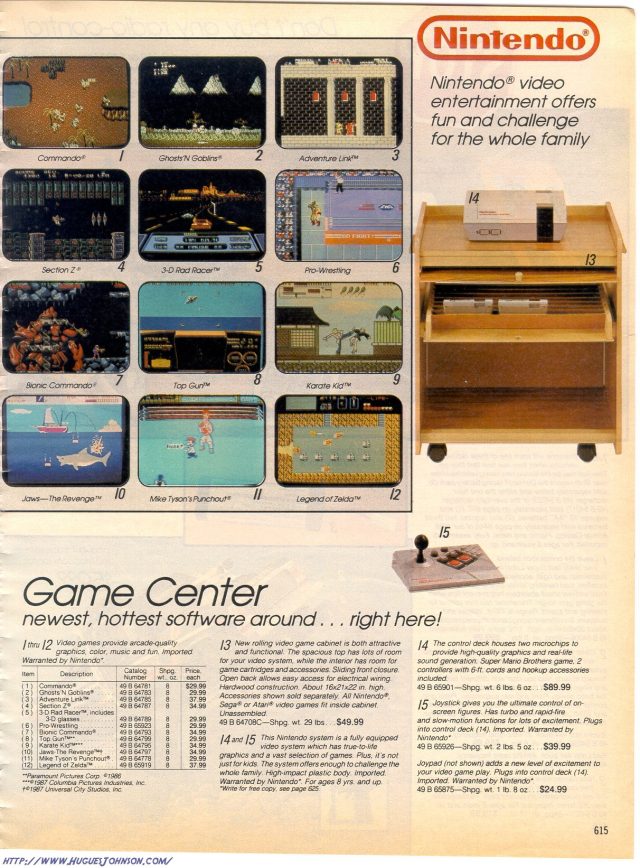
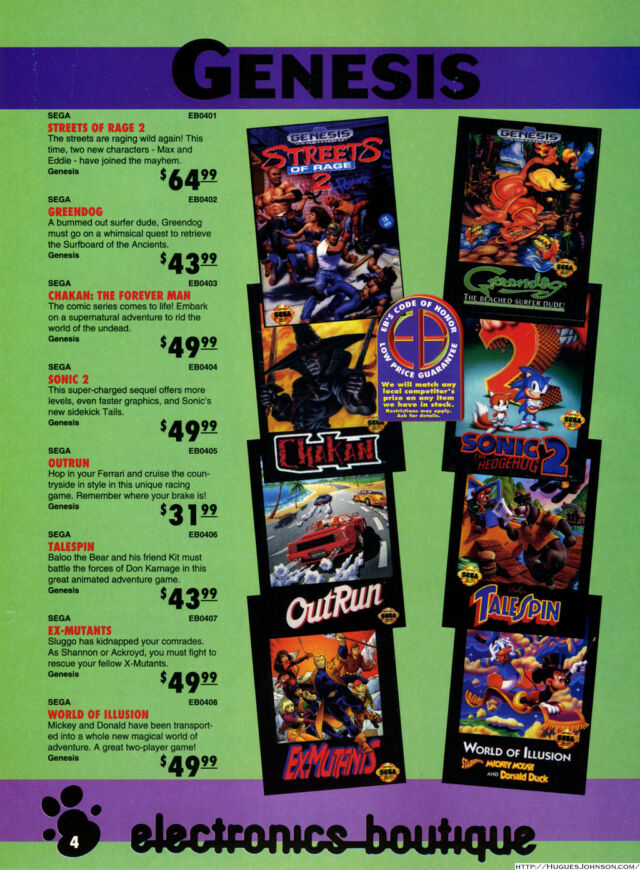
To judge Mario Kart World's $80 price against historical trends, we first needed to figure out how much games cost in the past. To do that, we built off of our similar 2020 analysis, which relied on scanned catalogs and retail advertising fliers for real examples of nominal console game pricing going back to the Atari era. For more recent years, we relied more on press reports and archived digital storefronts to show what prices new games were actually selling for at the time.
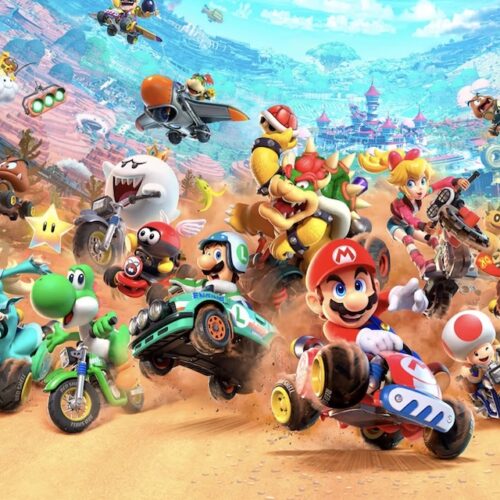
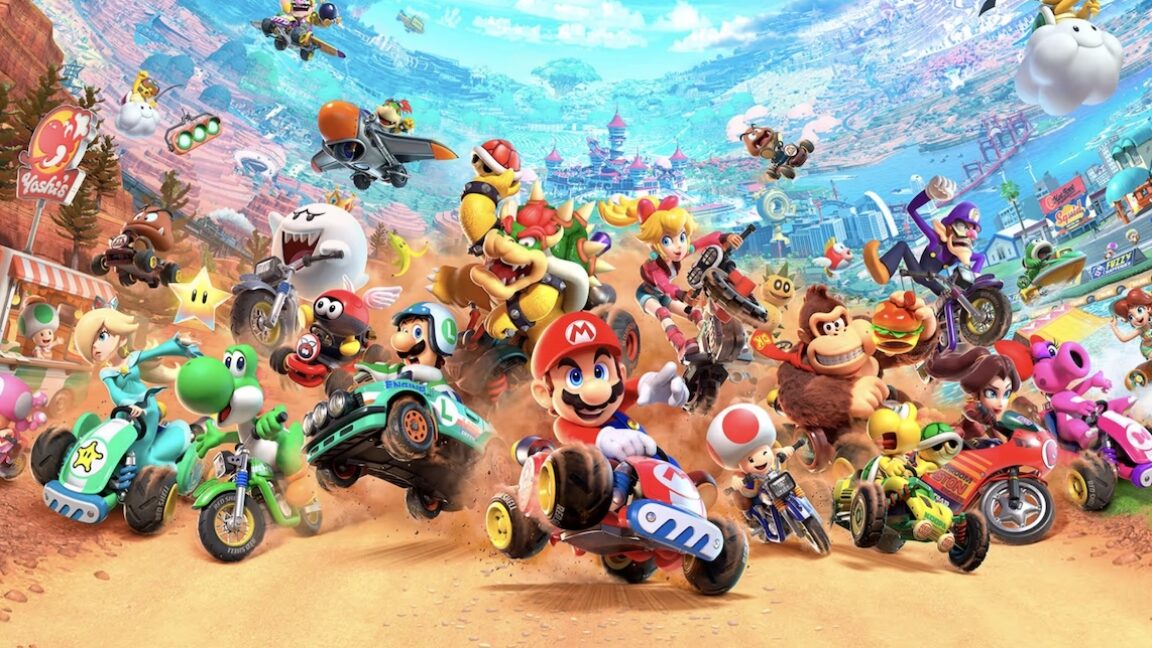
© Nintendo

The Nintendo Switch 2 could be considered the most direct "sequel" to a Nintendo console that the company has ever made. The lineage is right there in the name, with Nintendo simply appending the number "2" onto the name of its incredibly successful previous console for the first time in its history.
Nintendo's previous consoles have all differed from their predecessors in novel ways that were reflected in somewhat new naming conventions. The Switch 2's name, on the other hand, suggests that it is content to primarily be "more Switch." And after spending the better part of the day playing around with the Switch 2 hardware and checking out some short game demos on Wednesday, I indeed came away with the impression that this console is "more Switch" in pretty much every way that matters, for better or worse.
We've deduced from previous trailers just how much bigger the Switch 2 would be than the original Switch. Even with that preparation, though, the expanded Switch 2 makes a very good first impression in person.
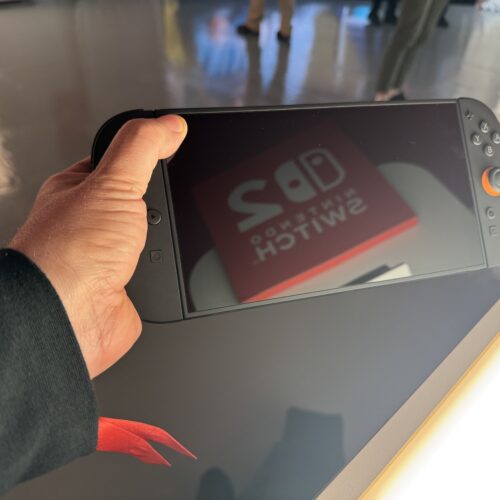
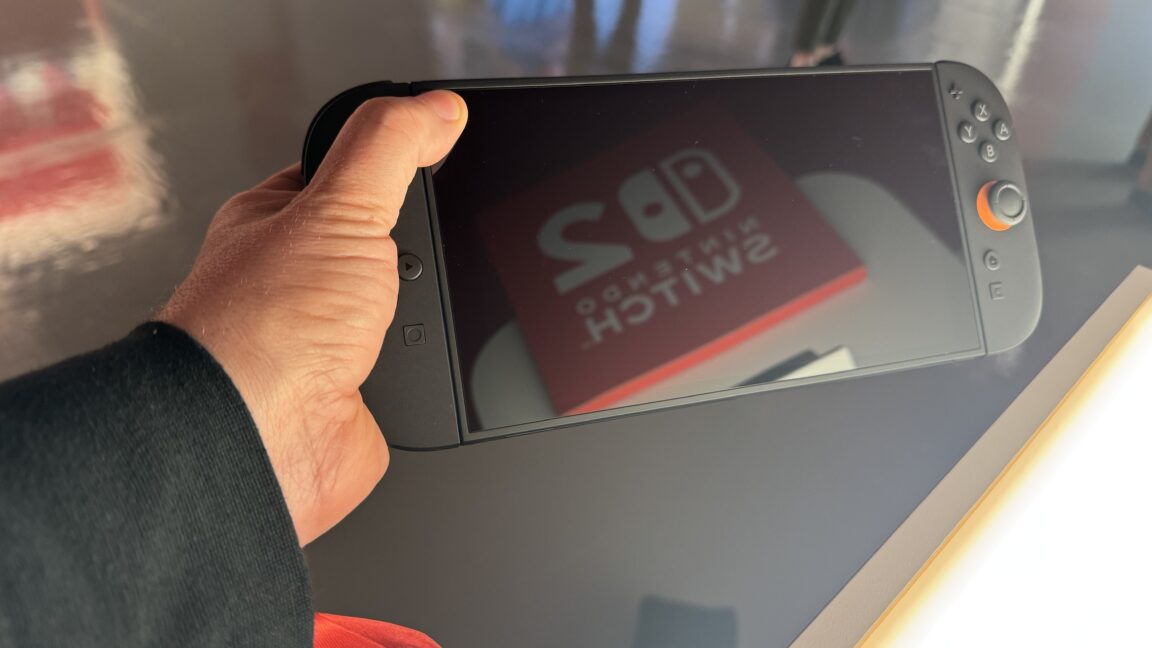
© Kyle Orland